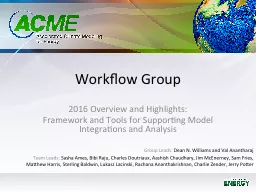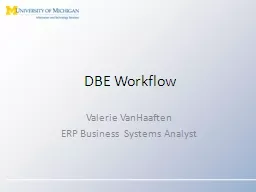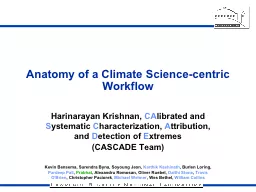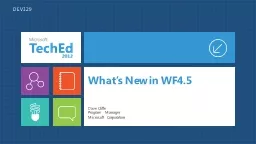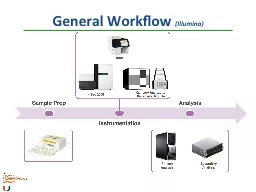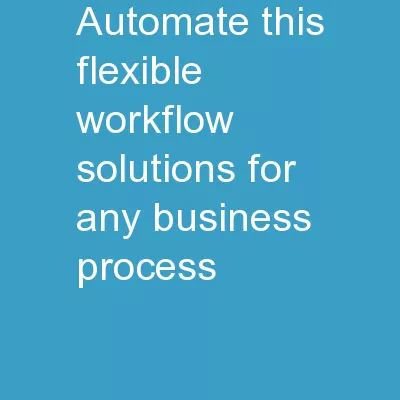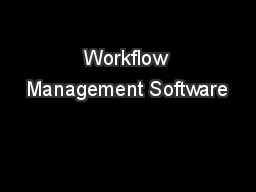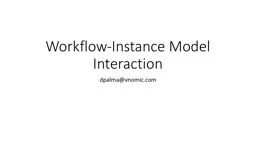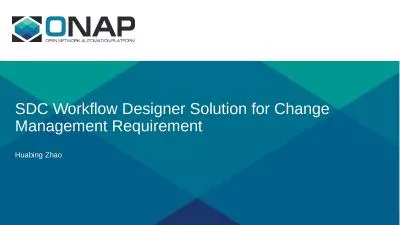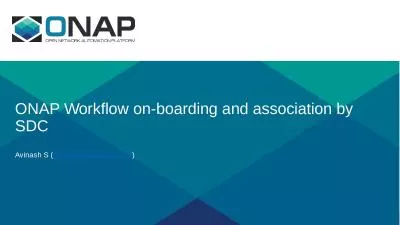PPT-Workflow Group 2016 Overview and Highlights:
Author : phoebe-click | Published Date : 2019-11-25
Workflow Group 2016 Overview and Highlights Framework and Tools for Supporting Model Integrations and Analysis Group Leads Dean N Williams and Val Anantharaj Team
Presentation Embed Code
Download Presentation
Download Presentation The PPT/PDF document "Workflow Group 2016 Overview and Highlig..." is the property of its rightful owner. Permission is granted to download and print the materials on this website for personal, non-commercial use only, and to display it on your personal computer provided you do not modify the materials and that you retain all copyright notices contained in the materials. By downloading content from our website, you accept the terms of this agreement.
Workflow Group 2016 Overview and Highlights:: Transcript
Download Rules Of Document
"Workflow Group 2016 Overview and Highlights:"The content belongs to its owner. You may download and print it for personal use, without modification, and keep all copyright notices. By downloading, you agree to these terms.
Related Documents

